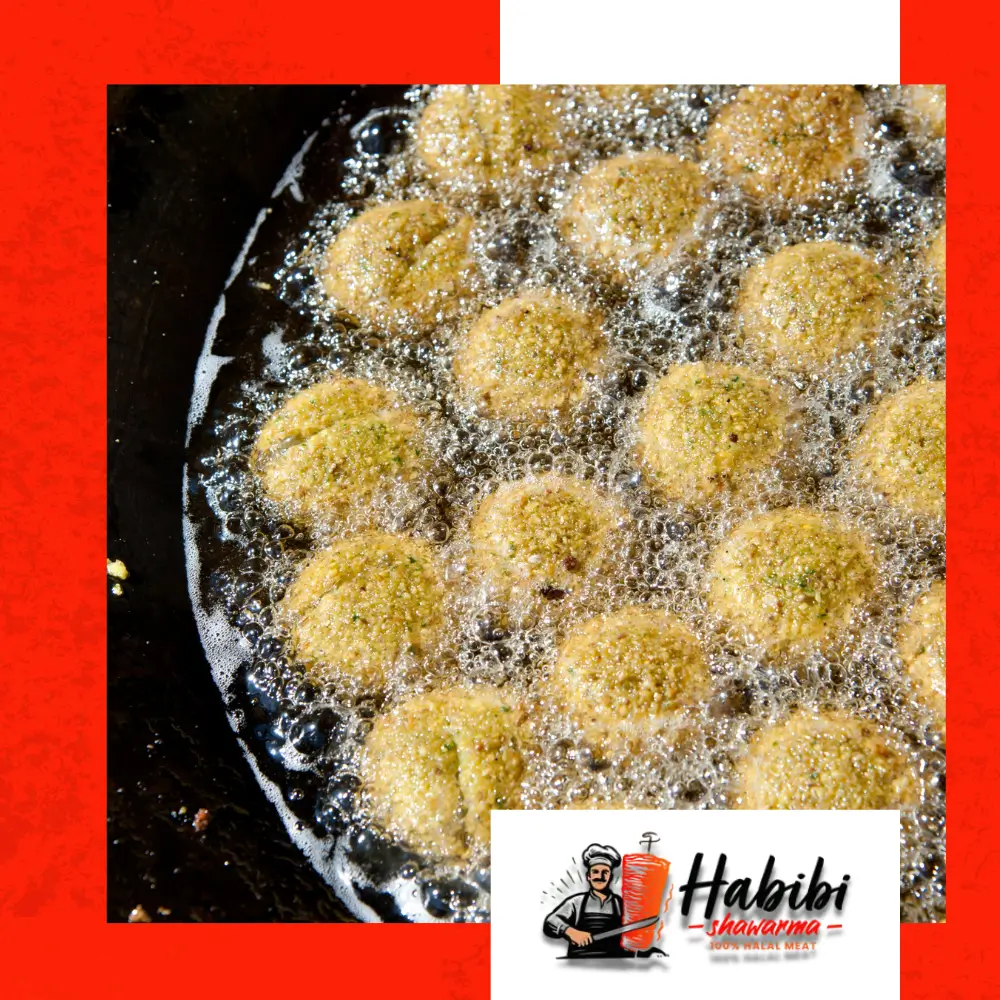Falafel—crispy, golden, and rich in flavor—has long been a beloved street food in the Middle East. Traditionally made with ground chickpeas or fava beans mixed with herbs and spices, falafel has earned global acclaim as a staple in vegetarian and vegan diets. But in today’s fast-evolving culinary landscape, this humble dish has undergone a delicious transformation. Let’s explore how falafel has stayed true to its roots while adapting to modern tastes around the world.
The Traditional Origins of Falafel
Falafel is believed to have originated in Egypt, where it was first made with fava beans and known as ta’ameya. As it spread across the Middle East, particularly to countries like Lebanon, Syria, and Israel, chickpeas became the primary base. These deep-fried balls or patties were traditionally served in pita bread with tahini sauce, pickled vegetables, and fresh herbs.
For decades, traditional falafel has been a symbol of street food culture, offering a meat-free, high-protein option that’s affordable and satisfying.
Modern Twists on a Timeless Classic
As global tastes evolve, so too has the way we prepare and enjoy falafel. While its core ingredients remain largely the same, modern interpretations of falafel are incorporating new ingredients, health-conscious cooking methods, and international flavors.
1. Baked and Air-Fried Falafel
Health-conscious diners are opting for baked falafel or air-fried falafel to reduce oil consumption without sacrificing taste. These methods offer a lighter version of the classic dish while still maintaining the crispy exterior and soft, herbaceous interior.
2. Colorful and Superfood-Infused Variations
Modern falafel recipes now include superfoods and vegetables like beets, kale, spinach, turmeric, and sweet potatoes. These vibrant ingredients not only enhance nutritional value but also make falafel visually appealing—perfect for Instagram-worthy meals.
3. Gluten-Free and Allergen-Friendly Falafel
Traditional falafel often uses flour as a binder, but many new recipes use gluten-free chickpea flour or flaxseed to make them suitable for gluten-sensitive and allergen-conscious eaters.
Falafel in Global Fusion Cuisine
Thanks to its adaptability, falafel has found a home in a variety of global fusion dishes:
- Falafel tacos with avocado and chipotle crema
- Mediterranean Buddha bowls topped with quinoa, hummus, and pickled onions
- Falafel burgers served with sriracha mayo and microgreens
- Asian-inspired falafel wraps with hoisin sauce and slaw
These creative takes demonstrate how falafel can easily cross culinary borders while maintaining its identity.
Falafel’s Popularity in Plant-Based Diets
As the demand for plant-based foods continues to grow, falafel remains a go-to option for vegans and vegetarians. Naturally free from meat, dairy, and eggs, falafel is a nutrient-dense source of protein and fiber. It’s now a staple in vegan meal delivery kits, fast-casual restaurant menus, and halal-certified plant-based dining options.
How to Make Modern Falafel at Home
Want to try your own twist on falafel? Here’s a simplified recipe with a modern edge:
Ingredients:
- 1 cup dried chickpeas (soaked overnight)
- 1/2 red onion, chopped
- 3 cloves garlic
- 1 cup fresh parsley and cilantro
- 1 tsp ground cumin and coriander
- 1/2 tsp baking soda
- Salt and pepper to taste
- Optional: 1 small beet (peeled and grated) for color
Instructions:
- Blend all ingredients in a food processor until coarse and sticky (not smooth).
- Form into small balls or patties. Refrigerate for 30 minutes.
- Bake at 400°F for 20–25 minutes, flipping halfway, or air-fry at 375°F for 15 minutes.
- Serve with tahini sauce, pita bread, or a salad bowl.
This DIY approach brings the best of traditional flavor and modern health to your table.
Final Thoughts
Falafel has come a long way from its ancient Egyptian origins to modern-day food trucks and upscale restaurants. Its transformation shows that tradition and innovation can beautifully coexist. Whether it’s baked with beetroot, stuffed into a taco, or served in a quinoa bowl, falafel continues to win hearts and appetites worldwide.
So the next time you crave something that’s crunchy, flavorful, and plant-based, consider falafel—rooted in history, yet always ready to evolve.
READ MORE:
Falafel in the World’s Top Cities: How This Middle Eastern Dish Gained Global Popularity
How Falafel Adapted to Modern Tastes: A Fusion of Tradition and Innovation

